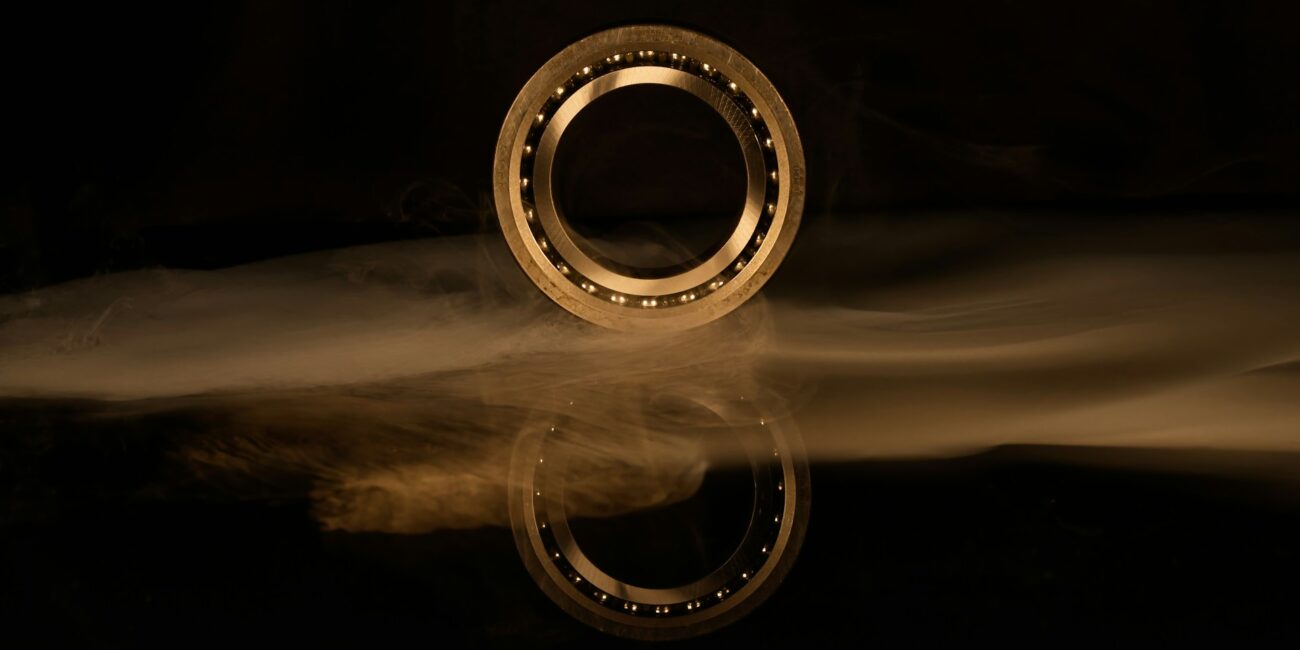Ball bearings might seem like simple components, but they represent one of the most critical elements in modern machinery. These small spherical objects enable smooth rotation and reduce friction across countless applications—from automotive engines to aerospace systems.
As industries demand higher performance, longer lifespans, and greater precision, bearing technology continues to evolve at an unprecedented pace.
The latest engineering advances are reshaping what’s possible in precision manufacturing. New materials, coating technologies, and manufacturing processes are creating bearings that outperform their predecessors in every measurable way.
Understanding these developments provides insight into the future of mechanical systems and industrial efficiency.
Advanced Materials Revolutionize Performance Standards
Traditional steel bearings have dominated the market for decades, but emerging materials are changing the landscape.
Ceramic bearings now offer superior corrosion resistance and can operate at temperatures that would destroy conventional options. These advanced materials maintain their structural integrity under extreme conditions while providing smoother operation.
Hybrid bearings combine ceramic balls with steel races, delivering the best of both materials. This combination reduces weight while maintaining durability, making them ideal for high-speed applications.
The automotive industry has embraced these innovations, particularly in electric vehicle motors where efficiency gains translate directly to extended battery life.
Smart Coatings Extend Operational Life
Surface treatments represent another breakthrough in bearing innovation. Advanced coatings can reduce friction by up to 30% while dramatically extending service life. These thin layers protect against wear, corrosion, and contamination without adding significant weight or bulk.
Diamond-like carbon coatings provide exceptional hardness and low friction properties. These coatings perform especially well in applications where traditional lubrication proves insufficient or impractical. Medical devices and vacuum systems benefit significantly from these developments.
Precision Manufacturing Reaches New Heights
Manufacturing tolerances have tightened considerably as computer-controlled machinery becomes more sophisticated. Modern production facilities can achieve dimensional accuracy within micrometers, creating bearings that operate with minimal vibration and noise.
Advanced quality control systems monitor every aspect of production in real-time. These systems detect microscopic defects that would have gone unnoticed using traditional inspection methods. The result is consistently higher quality products with predictable performance characteristics.
Automation Enhances Consistency
Robotic assembly systems eliminate human error from the manufacturing process. These systems can handle delicate components with a precision that surpasses manual assembly while maintaining consistent quality throughout production runs.
Automation also enables manufacturers to implement complex assembly sequences that would be difficult or impossible to achieve manually.
Computer vision systems inspect finished products with remarkable accuracy. These systems can detect surface irregularities, dimensional variations, and assembly errors that might affect performance.
Early detection prevents defective products from reaching customers while providing valuable feedback for process improvement.
Specialized Components Address Unique Applications
Modern machinery often requires specialized bearing solutions that standard products cannot provide. Taper lock bushings represent one example of this trend, offering adjustable positioning and easy installation in applications where precise shaft alignment is critical.
These components simplify maintenance while providing reliable performance in demanding environments.
Custom-bearing designs address specific industry needs. Aerospace applications demand lightweight solutions that can withstand extreme temperatures and pressures.
Food processing equipment requires bearings that resist contamination while meeting strict hygiene standards. Each application drives unique innovations that often find broader applications across industries.
Modular Systems Simplify Maintenance
Modular bearing systems allow maintenance teams to replace individual components rather than entire assemblies.
This approach reduces downtime and maintenance costs while improving system reliability. Quick-change mechanisms enable rapid component replacement without specialized tools or extensive disassembly.
Condition monitoring systems track bearing performance in real time, providing early warning of potential failures.
These systems analyze vibration patterns, temperature changes, and acoustic signatures to predict when maintenance is needed. Predictive maintenance prevents unexpected failures while optimizing replacement schedules.
Sustainability Drives Design Innovation
Environmental concerns are pushing manufacturers toward more sustainable bearing solutions. Recyclable materials and eco-friendly manufacturing processes are becoming standard requirements rather than optional features. These changes reduce environmental impact without compromising performance.
Longer-lasting bearings reduce waste and replacement frequency. Advanced materials and improved manufacturing processes create products that operate reliably for extended periods.
This durability benefits both manufacturers and end users by reducing lifecycle costs and environmental impact.
Energy Efficiency Becomes Priority
Low-friction bearings contribute significantly to energy conservation across all applications. Reduced friction means less energy is required to maintain rotation, leading to lower operating costs and reduced environmental impact. These benefits are particularly important in electric vehicles and renewable energy systems.
Magnetic bearings eliminate physical contact, providing virtually frictionless operation. While these systems require active control electronics, they offer unlimited life and exceptional precision.
High-speed applications such as turbomachinery and precision instruments benefit from this technology.
Quality Control Systems Ensure Reliability
Modern quality control extends beyond traditional dimensional inspection to include comprehensive performance testing.
Accelerated life testing exposes bearings to extreme conditions to verify their long-term reliability. These tests identify potential failure modes before products reach customers.
Statistical process control monitors manufacturing variables continuously, detecting trends that might affect quality.
This approach enables proactive adjustments that maintain consistent quality throughout production runs. Data analysis identifies opportunities for process improvement and optimization.
Traceability Enhances Accountability
Complete traceability systems track every component from raw materials through final assembly. This capability enables rapid response to quality issues while providing valuable data for continuous improvement.
Digital records create an audit trail that supports quality certification and regulatory compliance. Blockchain technology offers new possibilities for supply chain verification.
This technology creates tamper-proof records of component origins, manufacturing processes, and quality inspections. Such transparency builds trust while enabling rapid response to quality concerns.
Looking Forward: The Next Generation of Bearing Technology
The future of bearing technology promises even more dramatic improvements. Additive manufacturing enables complex geometries that are impossible to achieve with traditional machining.
These new designs optimize flow patterns and stress distribution while reducing weight. Artificial intelligence analyzes vast amounts of operational data to optimize bearing design and performance.
Machine learning algorithms identify patterns that human engineers might miss, leading to unexpected improvements in efficiency and reliability.
Smart bearings embedded with sensors provide real-time performance data. These intelligent components monitor their condition and communicate with maintenance systems automatically.
Such capability enables truly predictive maintenance strategies that maximize uptime while minimizing costs.
Embracing Innovation for Competitive Advantage
Companies that embrace these technological advances gain significant competitive advantages. Improved efficiency reduces operating costs while enhanced reliability minimizes downtime.
These benefits translate directly to improved profitability and customer satisfaction. Staying current with bearing technology requires ongoing investment in training and equipment.
However, the returns justify these investments through improved performance, reduced maintenance costs, and enhanced competitive positioning. The companies that adapt quickly to these changes will lead their industries into the future.







